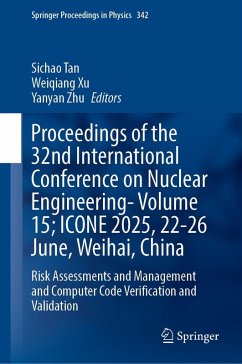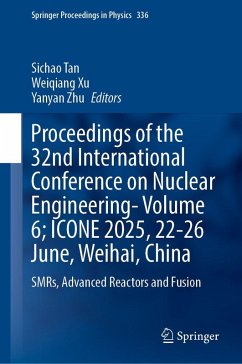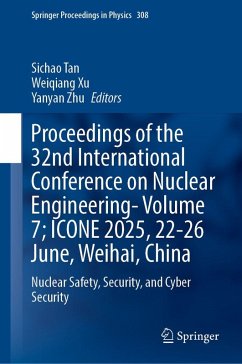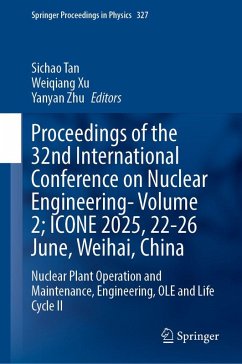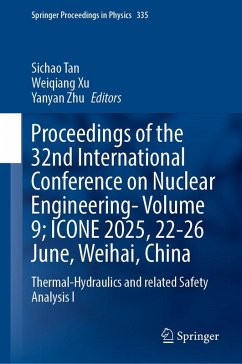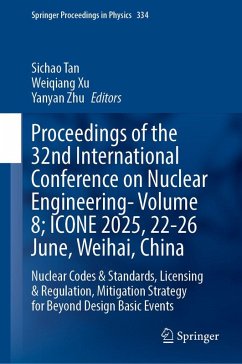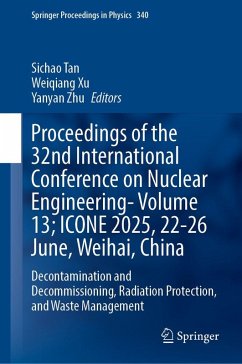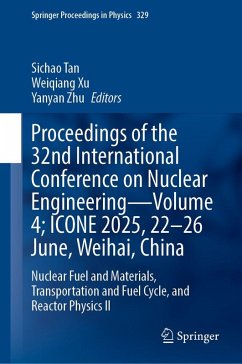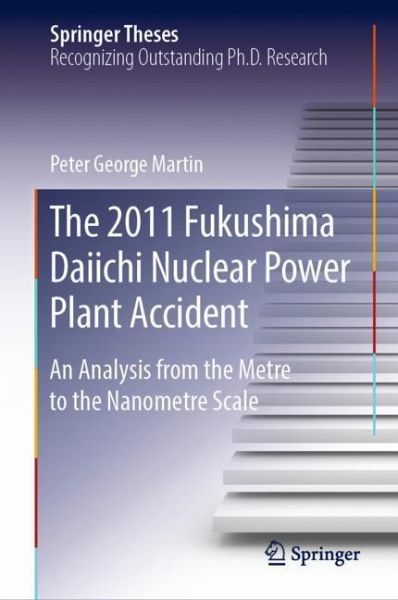
The 2011 Fukushima Daiichi Nuclear Power Plant Accident
An Analysis from the Metre to the Nanometre Scale

PAYBACK Punkte
61 °P sammeln!
This PhD sought to determine the mechanisms for the reactor explosions by mapping, collecting and analysing samples from across the area of Japan that received radioactive fallout from the explosions. In doing this, the author conducted significant fieldwork in the restricted-access fallout zone using ground and novel UAV-based mapping of radiation to identify hot-spot areas for sample collecting but also using these tools to verify the efficacy of the clean-up operations ongoing in the prefecture. Such fieldwork was both technically pioneering for its use of UAVs (drones) but also selfless in...
This PhD sought to determine the mechanisms for the reactor explosions by mapping, collecting and analysing samples from across the area of Japan that received radioactive fallout from the explosions. In doing this, the author conducted significant fieldwork in the restricted-access fallout zone using ground and novel UAV-based mapping of radiation to identify hot-spot areas for sample collecting but also using these tools to verify the efficacy of the clean-up operations ongoing in the prefecture. Such fieldwork was both technically pioneering for its use of UAVs (drones) but also selfless in terms of bravely entering a nuclear danger area to collect samples for the greater benefit of the scientific community.






